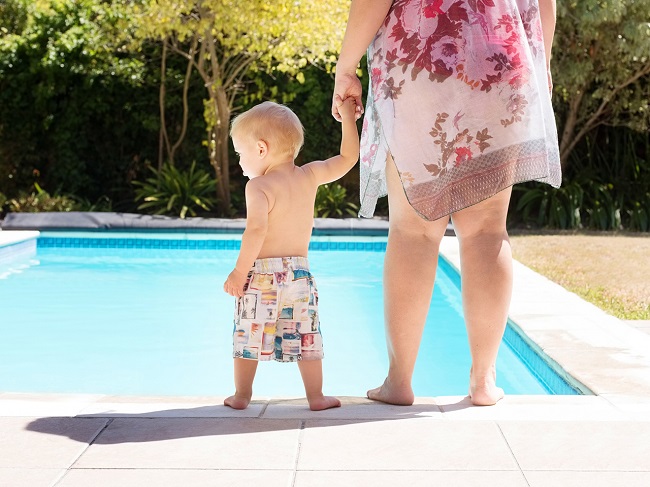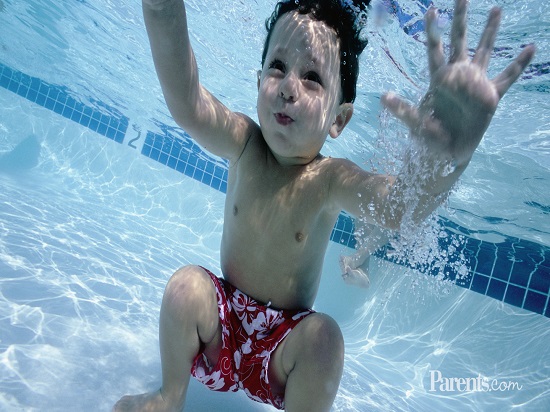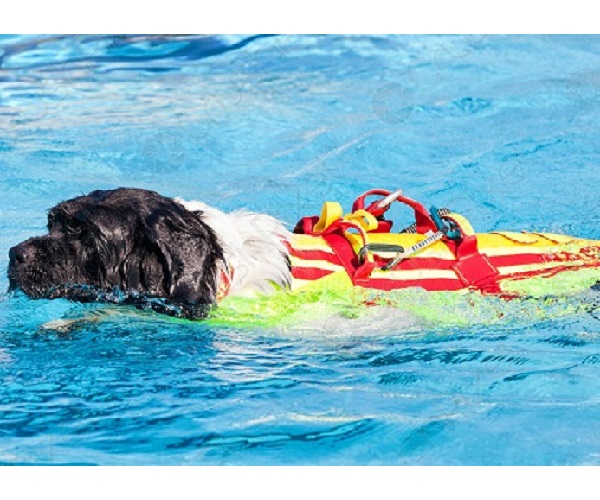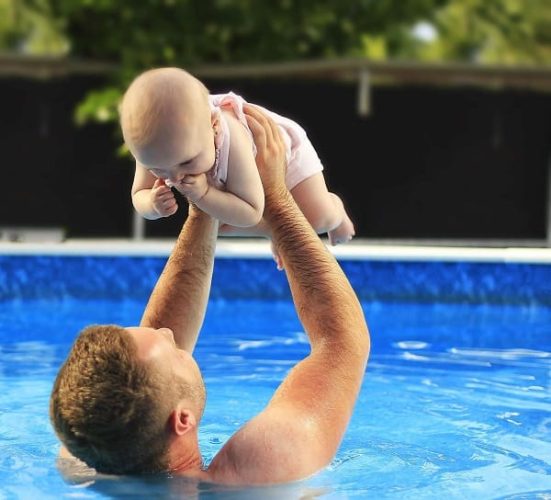
Table of contents of the page
Facts to consider about drowning in the pool

Documented information about drownings
Facts about drowning
- Each year, an average of 3.536 children under the age of five die from drowning in swimming pools.
- Of these, 82% are younger than one year.
- In 2009, 86% of drowning victims aged one year or younger were men.
- For every child under five who dies from drowning, another 11 receive emergency department care for nonfatal submersion injuries.
- Drowning is the leading cause of death for children ages 1 to 4.
- Between 2005 and 2009, there were an average of 10 fatal drownings and 64 non-fatal submersions per day in the United States. (Based on CDC data)
- Approximately 85% of drownings occur in natural water environments, such as oceans, lakes and rivers.
- The second most common location for drownings is swimming pools.
- Approximately 77% of fatal drowning victims and 59% of non-fatal drowning victims are men.
- Men between the ages of 15 and 24 have the highest rates of fatal drowning.
- Of all racial groups, African Americans have the highest rates of fatal and non-fatal drownings. Between 2005 and 2009, 70% of drowning victims were African American.
Drowning is the third cause of unintentional mortality

According to the World Health Organization, drowning is the third leading cause of unintentional death worldwide.
Each year, an estimated 360,000 people die from drowning. Of these, approximately 175,000 are children under 15 years of age.
Drowning kills more children ages 1 to 4 than any other cause other than pneumonia and malaria.
Where is there the highest incidence of drowning in swimming pools?

Most drownings occur in low- and middle-income countries. In fact, almost 90% of all drownings occur in these regions of the world.
There are a number of factors that contribute to this high rate of drowning in low- and middle-income countries.
First, many of these countries do not have adequate swimming and water safety programs. Secondly, there is often a lack of supervision and lifeguards at pools and beaches. Finally, many people in these countries do not know how to swim.
While drowning is a global problem, it is particularly common in certain parts of the world. In fact, almost 60% of all drownings occur in Asia.
This is due to a number of factors, including the fact that many Asian countries do not have adequate swimming and water safety programs. Additionally, there is often a lack of supervision and lifeguards at pools and beaches.
Knowing how to swim does not rule out possible drowning in the pool of minors

Swimming ability does not play a determining role in drownings among children under five years of age.
Facts about drowning in swimming pools related to knowing how to swim:
- Of fatal drowning victims between the ages of 5 and 14, 64% were unable to swim.
- In 2009, 56% of drowning victims ages 15 and older reported swimming ability as “very good,” “good,” or “average.”
- It is important to note that even strong swimmers can drown if they are not paying attention, are caught in a rip current, or are wearing heavy clothing that slows them down.
- Wearing a life jacket is the best way to avoid drowning for people of all ages. In 2009, 84% of boating deaths occurred among victims not wearing life jackets.
- Life jackets should be worn at all times when on a boat, and children should always be supervised by an adult when around water.
What to do to avoid drowning?

Drowning is a global problem, but it is particularly common in certain parts of the world.
Training on saving lives in swimming pool drownings
- To reduce the number of drownings globally, more emphasis must be placed on water safety education programs.
- These programs should teach children and adults how to swim, as well as how to stay safe around water.
- Additionally, more resources should be dedicated to ensuring that pools and beaches have adequate lifeguard coverage.
- Finally, governments and NGOs should work together to raise awareness about the dangers of drowning and what people can do to prevent it.
Wearing a life jacket is the best way to avoid drowning for people of all ages
Rules, tips and safety equipment in swimming pools

Pet pool safety: tips to avoid and how to act against drowning


